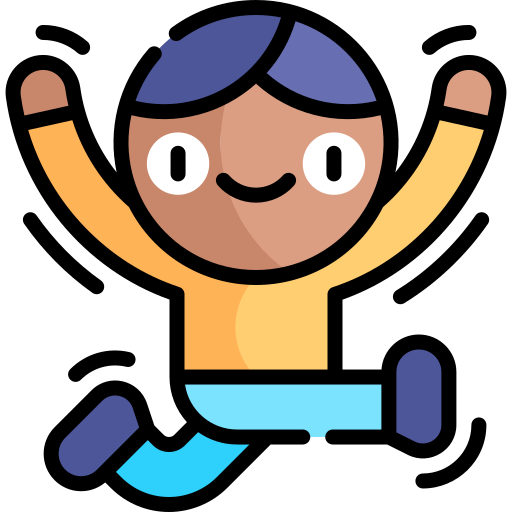Do your kindergarten students seem tired during the lesson? Are energy levels high, and you can't get through the activity?
Then brain breaks are your answer!
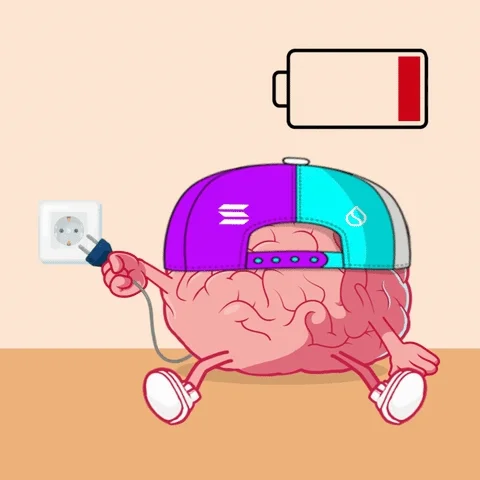
Brain breaks are short pauses that involve physical movement, mindfulness practices, or sensory activities.
Benefits of Brain Breaks
Watch the short clip below about the benefits of brain breaks for kids:
Brain breaks:
Increase productivity and creativity
Improve social skills
Help regain focus
Allow time to process learning
Energizing Breaks
An energetic brain break recharges the brain to continue with the lesson or activity.
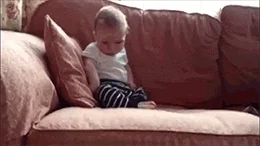
Signs your students need a break:
Dazed expressions
Falling asleep
Lack of engagement
Examples of Energizing Brain Breaks
Try these short breaks to boost your students' energy.

Would you rather?
Ask students a "Would you rather?" question.
For example, "Would you rather eat ice cream or pizza?" Students move to the side of the item they would rather have. Providing visual support will help English language learners too!
Five, four, three, two, one
Do 5 jumping jacks, 4 hops, 3 spins, 2 lunges, and 1 bow.
Change the movements or keep them the same.

Dance party
Play their favorite music and let them dance, or consider an alternative like freeze dance. Need school-appropriate music, Kidz Bop records kid-friendly music and favorites like "Let it Go."
Calming Breaks
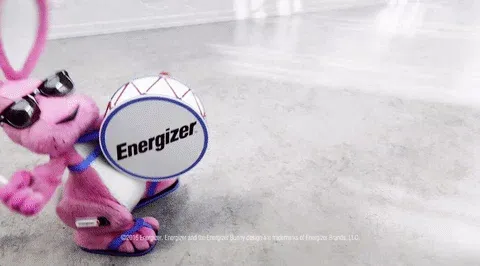
Calming brain breaks are quick and purposeful activities that help students calm down, pay attention, and control their energy.
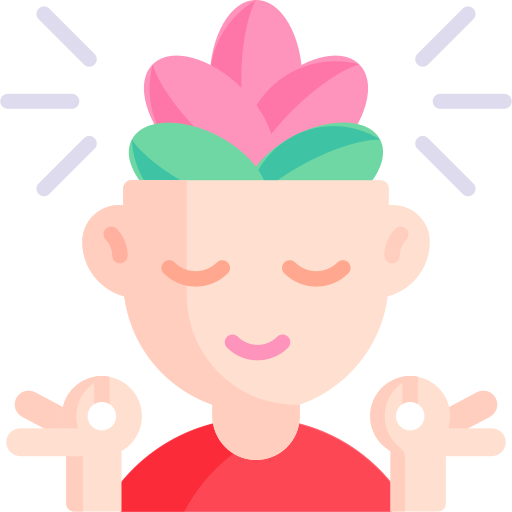
Examples of Calming Brain Breaks

Star breathing
A 30-second video instructs students to inhale when the star grows and exhale when it shrinks.
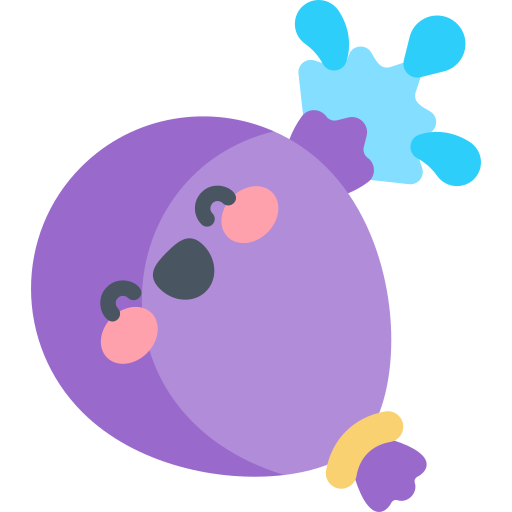
Balloon breathing
During a 1-minute break, students match their breathing to a simple visual: when a balloon goes up, they breathe in slowly for 3 seconds, then hold their breath for 3 seconds, and finally exhale for 3 seconds as the balloon comes down.

Whale breath
A 2-minute GoNoodle video teaches students to simulate a whale's breathing pattern by inhaling and exhaling, mimicking the way a whale breathes through its blowhole.
Quiz: To Break or Not To Break
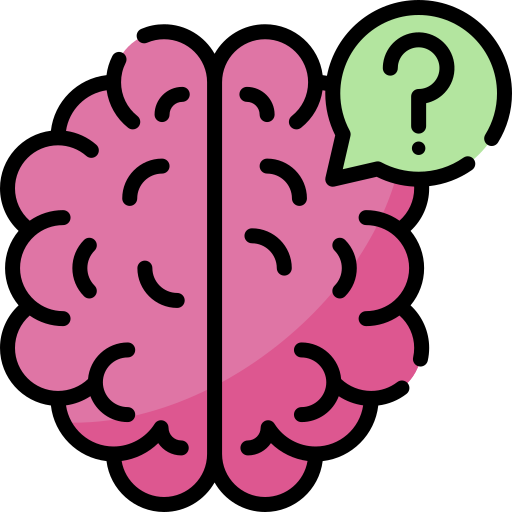
During a reading lesson, the teacher notices students becoming restless and inattentive. Which best illustrates the effective use of a brain break for kids in kindergarten?

The teacher incorporates breaks every 10 minutes, disrupting the flow of the lesson.

The teacher only allows breaks when students request them.

The teacher schedules breaks at the beginning of the class only.

The teacher recognizes engagement levels declining and guides the class in a brief movement exercise.
Quiz
Which best illustrates the effective use of a brain break?
Where and How to Use Brain Breaks
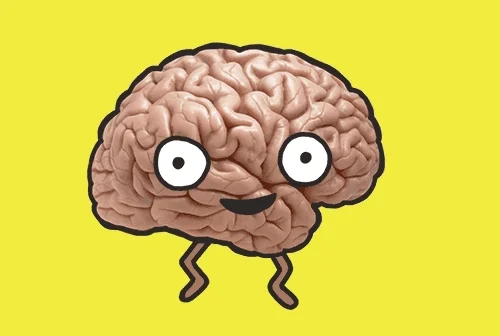
Make a list of breaks you can use during the day. Take a 1-5 minute break before a challenging lesson, after a tough assignment, or after activities like gym or recess.
How to make the most of brain breaks for kids in kindergarden:
Set a timer to make sure the break is the right length. ✅
Pivot if the break isn't engaging your students. ✅
Tell students when the break is almost over; it helps students transition back to learning. ✅
Take Action
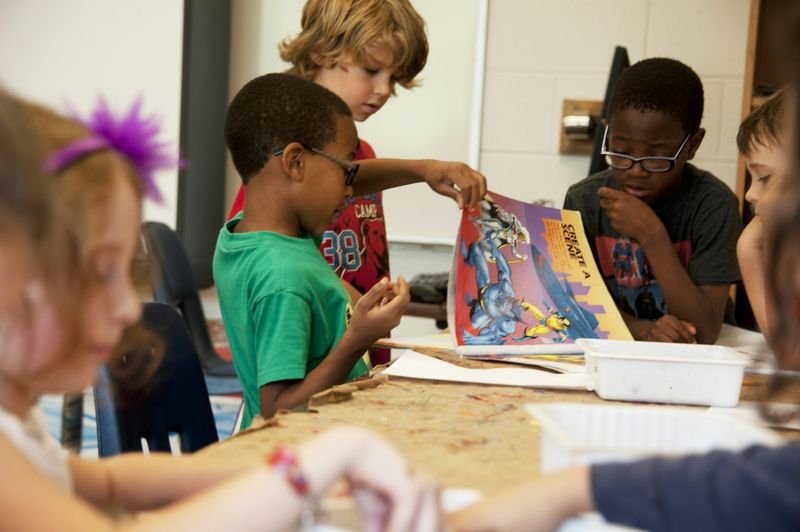 Photo by CDC on Unsplash
Photo by CDC on UnsplashBrain breaks aren't just a pause from learning. They lower stress, support learning, and re-engage students. Follow these three steps to start using brain breaks today.
Your feedback matters to us.
This Byte helped me better understand the topic.

